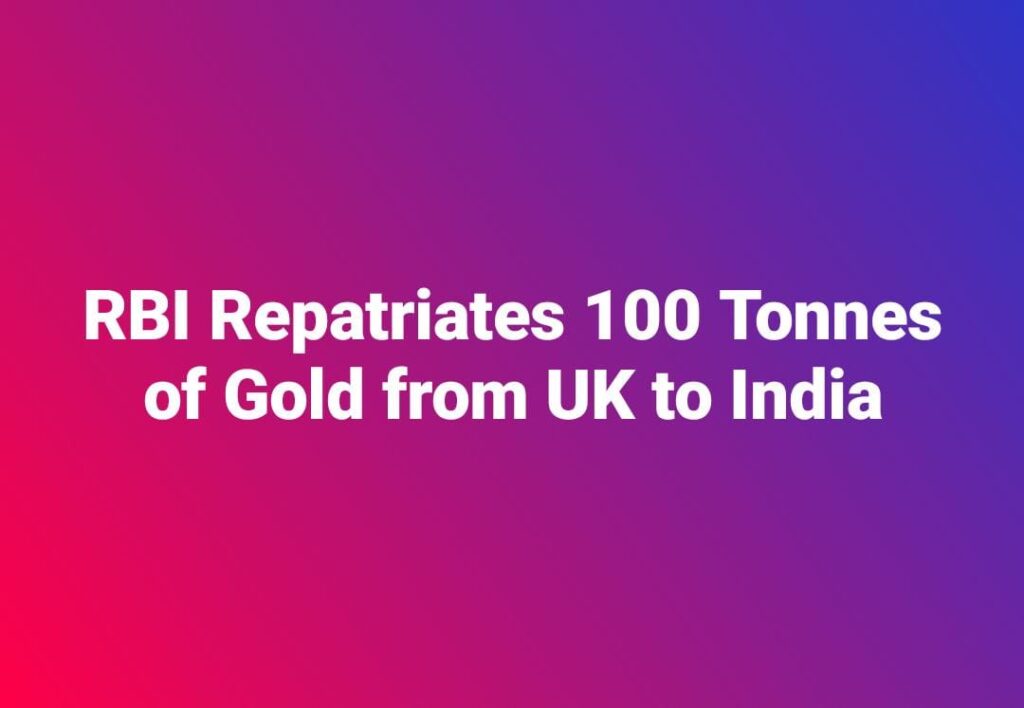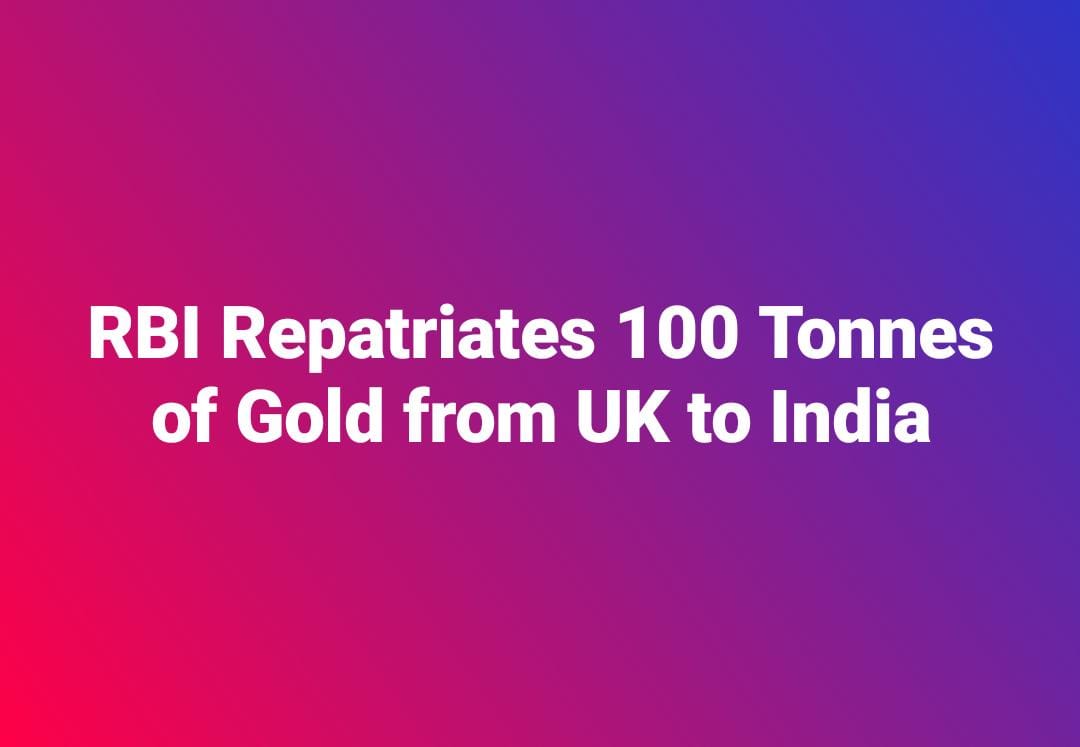National Desk
31 May
Sandeep Dhand Ludhiana
In a significant financial maneuver, the Reserve Bank of India (RBI) has transferred approximately 100 tonnes of its gold reserves from vaults in the United Kingdom to its own vaults in India. This move, aimed at reducing storage costs, marks the first large-scale repatriation of gold reserves since 1991.
Economist Sanjeev Sanyal, a member of the Prime Minister’s Economic Advisory Council, highlighted the strategic significance of this transfer. “While no one was watching, the RBI has shifted 100 tonnes of its gold reserves back to India from the UK,” Sanyal remarked. He noted that many countries traditionally store their gold in secure locations such as the Bank of England, incurring storage fees. “India will now hold most of its gold in its own vaults,” he added.

Sanyal drew a poignant comparison to the economic crisis of 1991, when India was forced to pledge 46.91 tonnes of gold to the Bank of England and the Bank of Japan to secure $400 million amid a severe foreign exchange crisis. “For those of my generation, the shipping out of gold in 1990-91 was a moment of failure that we will never forget. This is why this shipping back of gold has a special meaning,” he reflected.
Currently, the RBI holds 822.1 tonnes of gold as part of its foreign exchange reserves, an increase from 794.63 tonnes in the previous year. More than half of these reserves are still held overseas in secure custody with the Bank of England and the Bank of International Settlements, while approximately a third are stored in the RBI’s vaults in Nagpur and Mumbai.
The RBI’s strategy of increasing its gold reserves is aimed at hedging against inflation and reducing foreign currency risks, particularly during periods of geopolitical uncertainty. The share of gold in India’s total foreign exchange reserves has risen from 7.75 percent at the end of December 2023 to about 8.7 percent by the end of April 2024.

